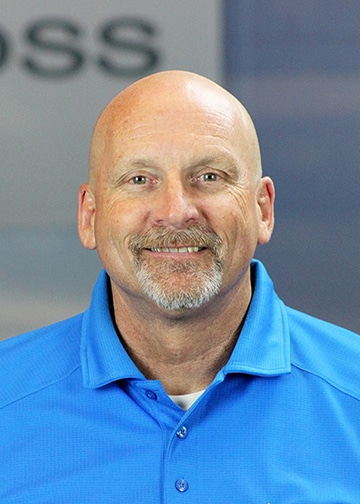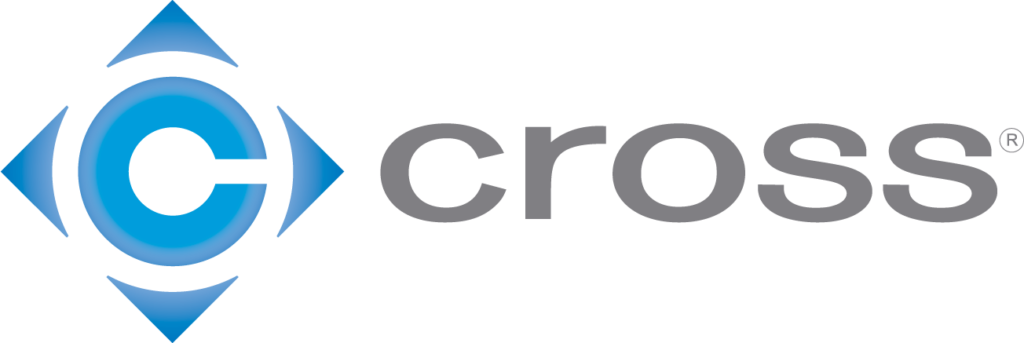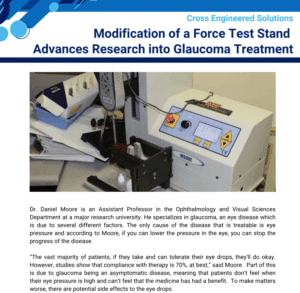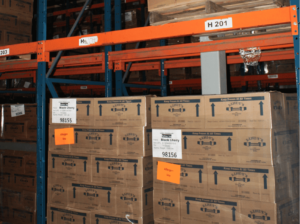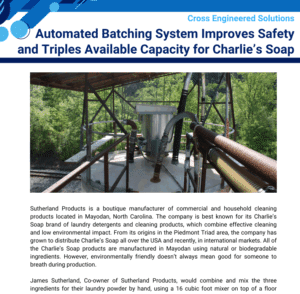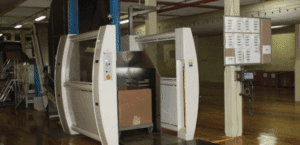Currently, Tier 4 diesel engine standards are the strictest EPA emissions requirement for off-highway diesel engines. This requirement regulates the amount of particulate matter (PM), or black soot, and nitrogen oxides (NOx) that can be emitted from an off-highway diesel engine.
Based on an engine’s horsepower rating, Tier 4 requirements were phased in starting in 2008. By the time final Tier 4 regulations were fully implemented in 2015, PM and NOx emissions had been reduced 99% compared to 1996 levels.
Are there Tier 4 Regulation Exemptions?
Tier 4 regulations exempt engines under 24 horsepower. There are some additional off-highway diesel engine exemptions that affect specific markets.
- Engines used in railway locomotives, those are subject to separate EPA regulations.
- Engines used in marine vessels, those are subject to separate EPA regulations.
- Engines used in underground mining equipment, these are regulated by MSHA (Mine Safety and Health Administration).
- Hobby engines (below 50 cubic cm per cylinder).
How to Meet or Exceed Tier 4 Diesel Engine Standards
Through advancements in engine design, modern diesel engines have been transformed into one of the cleanest prime movers available today. Some of these engine improvements include high-pressure common rail fuel injection systems, electronically controlled injector solenoids, and advanced turbocharging. While these improvements enabled engine manufacturers to meet Tier 2, and Tier 3 standards, in order to meet the more stringent Tier 4 interim and Tier 4 final regulations, exhaust after-treatment was required.
There are three major technologies used for exhaust after-treatment.
- Selective Catalytic Reduction (SCR) – This works by combining the exhaust gases with ammonia (urea or DEF, diesel emissions fluid) and passing this mixture over a catalyst. Roughly 1 gallon of DEF is required to treat 20 gallons of diesel fuel.
- Diesel Particulate Filter (DPF) – This works by using a mechanical filter to trap soot particles after they have been partially oxidized by a catalyst. At certain intervals during operation, the trapped particles are incinerated.
- Exhaust Gas Recirculation (EGR) – This works by recirculating a small amount of cooled exhaust gas back into the combustion chamber. This reduces the combustion temperature and effectively reduces the production of NOx. However, EGR increases particulate emissions, so a DPF will be needed to meet Tier 4 final regulations.
Tier 4 Diesel Engine Standards And Electronic Controls
Lastly, the one major component required to meet Tier 4 standards is a sophisticated engine control system. This control system is housed in the engine control unit (ECU). This manages dozens of operating and environmental conditions in order to optimize horsepower, torque, and responses to changes in load. It allows the engine to maintain combustion efficiency over a broad range of operating conditions and minimize emissions in the exhaust. All engine parameters are communicated from this control system (ECU) over CANbus J1939 communications. Examples are pressure, temperatures, regeneration requirements, and engine faults.
How Tier 4 Diesel Engine Standards Affect Machine Builders
Here are a few examples of things that need to be considered.
- Physical size of the Tier 4 engines are, in most cases, quite bigger than previous Tier engines. The reason is that you typically now have an after-treatment system (DEF tank for example) and larger heat exchangers (radiators), as well as changes to the filter systems, turbocharger, and other engine components.
- Because of some of the physical changes, machine builders typically have fewer engine mounting points and fewer coolant ports.
- Typically, a bigger engine is needed to get the same horsepower rating as a non-Tier 4 engine. One of the reasons is that some of the horsepower is used to drive functions like the fan drive for cooling the engine.
- Because Tier 4 engines run hotter, this affects wiring and other components in an engine compartment. Heat shielding is often required to eliminate this as an issue.
- If your vehicle utilizes different manufacturers of engines (some customers specify certain engines be used on their vehicles), each engine manufacturer’s Tier 4 engines are a little bit different. Not only physically, but how they operate, how they regenerate (regen), their horsepower ratings, and how the controls interface and function.
- When certain engine conditions are met, such as when a regen process is required, the engine will automatically go in a “derated” mode. This derating typically takes on the form of a reduction in rpm, and a corresponding reduction in power. This can sometimes be delayed or adjusted, but this needs to be discussed with the engine manufacturer.
- With the sophisticated engine control systems on Tier 4 engines, if you are using this as your prime mover, you must be able to communicate with the engine ECU through the CANbus J1939 bus. This can be part of an engine specific display or can be added to a larger vehicle body control system and its display.
- After-treatment specific indicators must be added so that the machine operator can visibly see all operating conditions. This includes a regeneration indicator, high exhaust system temperature indicator, regenerations disabled indicator, DEF indicator, and a DEF level gauge. Again, this information is communicated through the ECU via CANbus J1939 bus. This can be part of an engine specific display or can be added to a larger vehicle body control system and its display.
What’s Next for Diesel Engine Emission Standards?
Is there anything after Tier 4? Yes! New, more strict European Stage V regulations began to be implemented in Europe in 2019, and continue in to 2020. Since the engine business is global, these European standards will very likely be adopted here in the US, and be referred to as “Tier 5”. There is still some debate over this as the EPA has not committed to adopting these standards.
These new regulations will be relatively easy to meet with the technology that is available today. What regulators want to more stringently control is the ultra-fine particles of soot in diesel exhaust, the sub-micron level particles. These particles are considered to pose the greatest threat to lung health because they can lodge deep inside lungs and stay there. These particles can be removed by using a DPF (diesel particulate filter) on every diesel engine. Idle mitigation systems may also help with excess exhaust in mobile systems.
For the future, if Stage V/Tier 5 is implemented as anticipated, a DPF will likely be included on every diesel engine, large or small, stationary or mobile. It appears that this will include diesel engines less than 24 horsepower that are currently exempt from Tier 4 requirements.
Cross Company and Tier 4 Diesel Engine Standards
The Cross Company Mobile Systems Integration team has been designing and integrating electronic control systems for on-road and off-road vehicles since 2003. This includes working with many different engine manufacturers and their electronic engines including Tier 3, Tier 4 interim, and Tier 4 final. Even though there is a standard communications protocol with CANbus J1939, each engine manufacturer does things differently enough to cause a headache if you’re not careful.
We have provided custom control systems where we communicate with John Deere, Cummins, Yanmar, Kubota, Perkins, and Caterpillar engines to name a few. We also take into account ISO standards for mobile machinery and are members of the NFPA – National Fluid Power Association. Contact our mobile systems experts for more information about tier 4 diesel engine standards and to see how we can help your team on your project!

